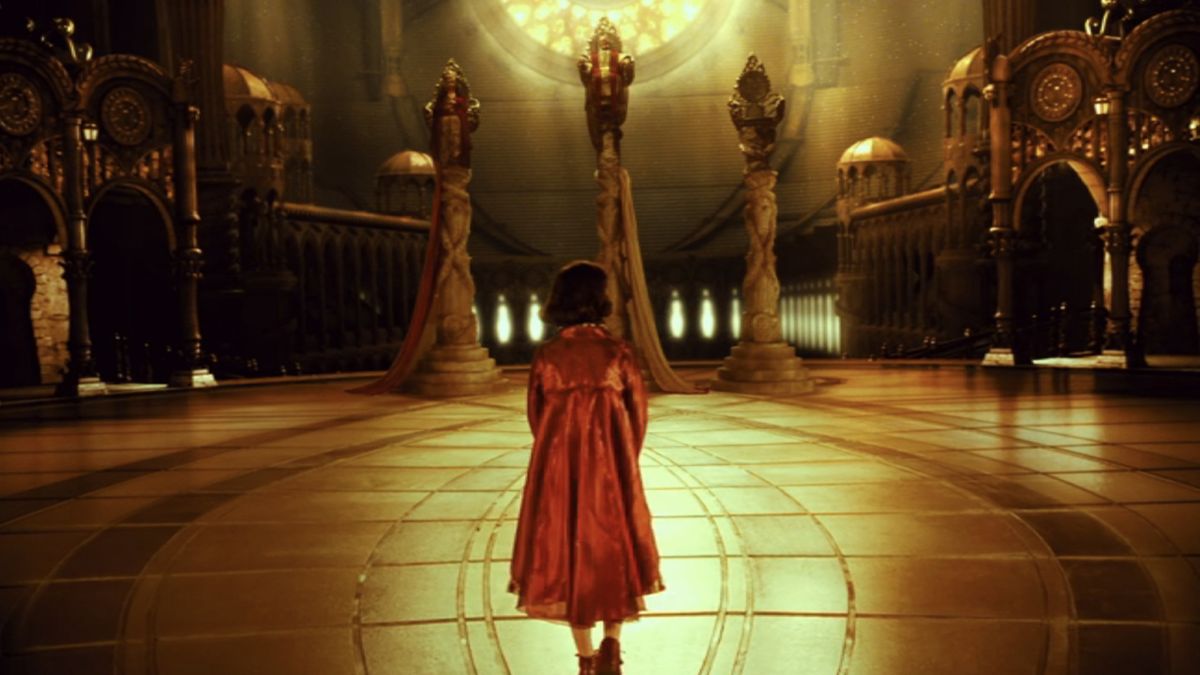Genres are helpful—until a movie comes along that throws the rulebook into the fire. Some films are so inventive and wildly ambitious that slapping a single label on them feels like an insult. These movies blend tones, mix storytelling traditions, and challenge expectations at every turn. Whether mashup horror and comedy, sci-fi and romance, or animation and noir, these 32 films break free from traditional classification, proving that the best stories often refuse to fit into a box.
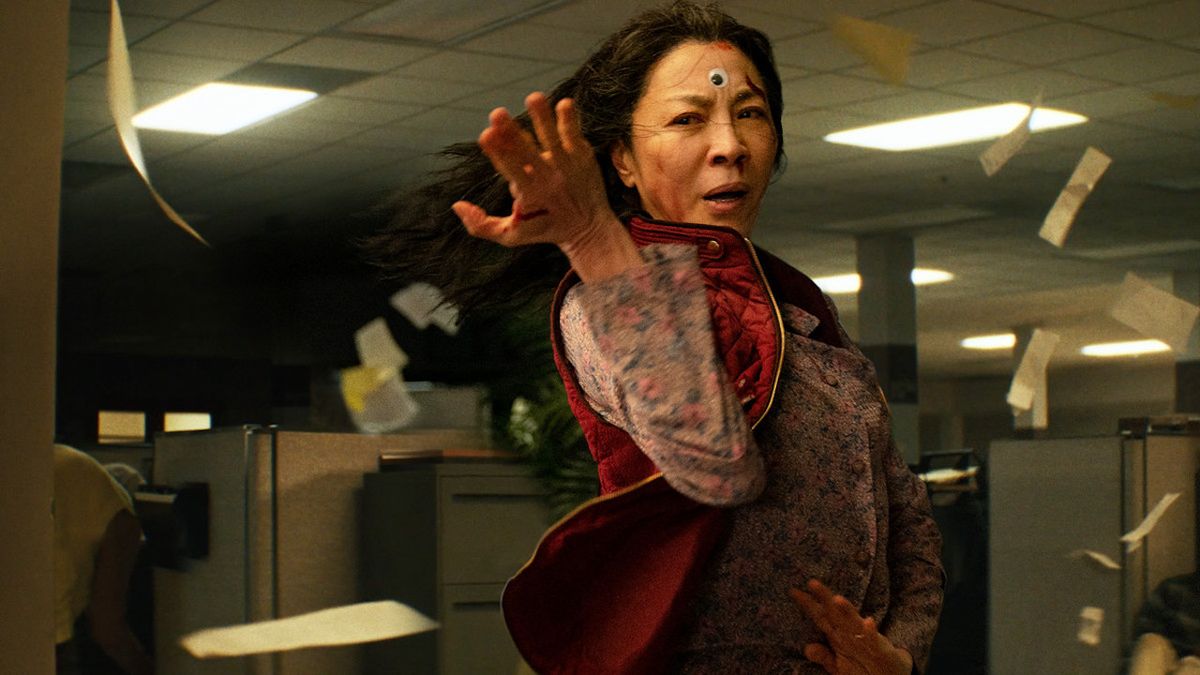
Everything Everywhere All at Once (2022)
The plot of Everything Everywhere All at Once sounds absurd when you hear it out loud. It’s sci-fi, but it’s also a family drama. It’s one of the best action movies in recent memory. It also happens to be an absurdist comedy with a scene that breaks my heart every time I see it–I still can’t look at rocks or googly eyes the same. It’s a meditation on existential dread wrapped in kung-fu spectacle. The Daniels crafted something that shouldn’t work but does—an emotional, high-energy, genre-blending rollercoaster where nihilism and love collide in the best way possible.
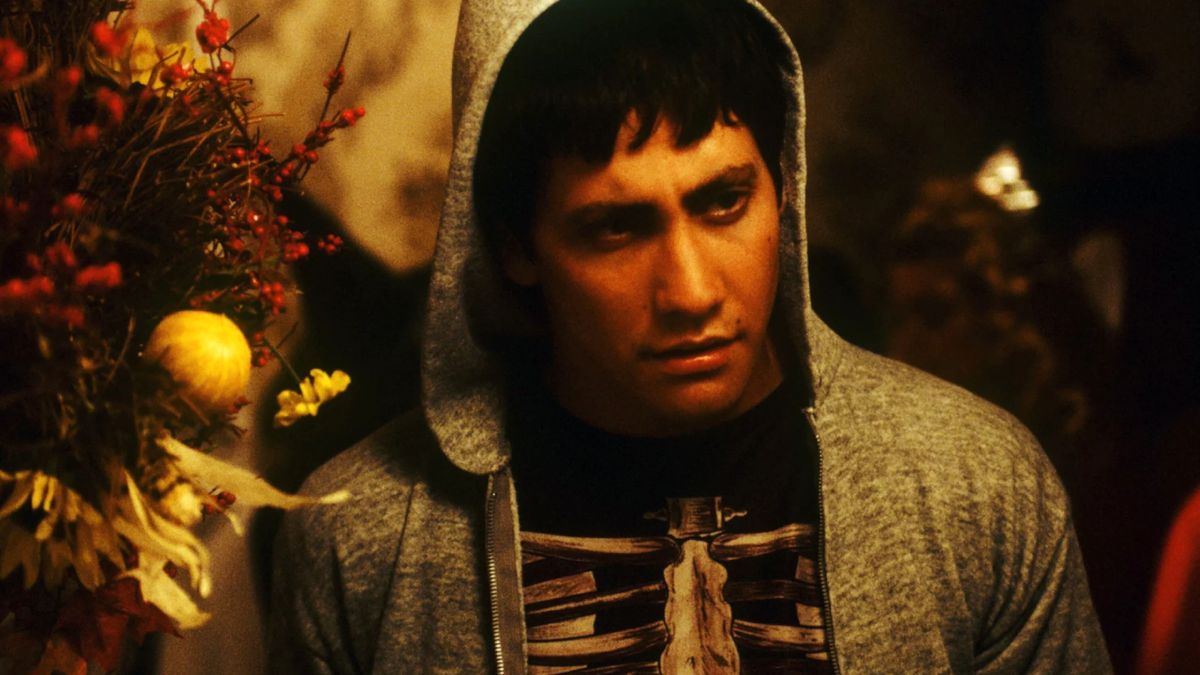
Donnie Darko (2001)
A suburban teen, time travel, existential horror, and a man in a creepy rabbit suit—Donnie Darko refuses to be pinned down. Is it a psychological thriller? A coming-of-age story? A horror film with sci-fi elements? Richard Kelly’s cult classic is all of these things, a moody, enigmatic puzzle box that continues to haunt viewers decades later, an easily one of Jake Gyllenhal’s best movie performances.
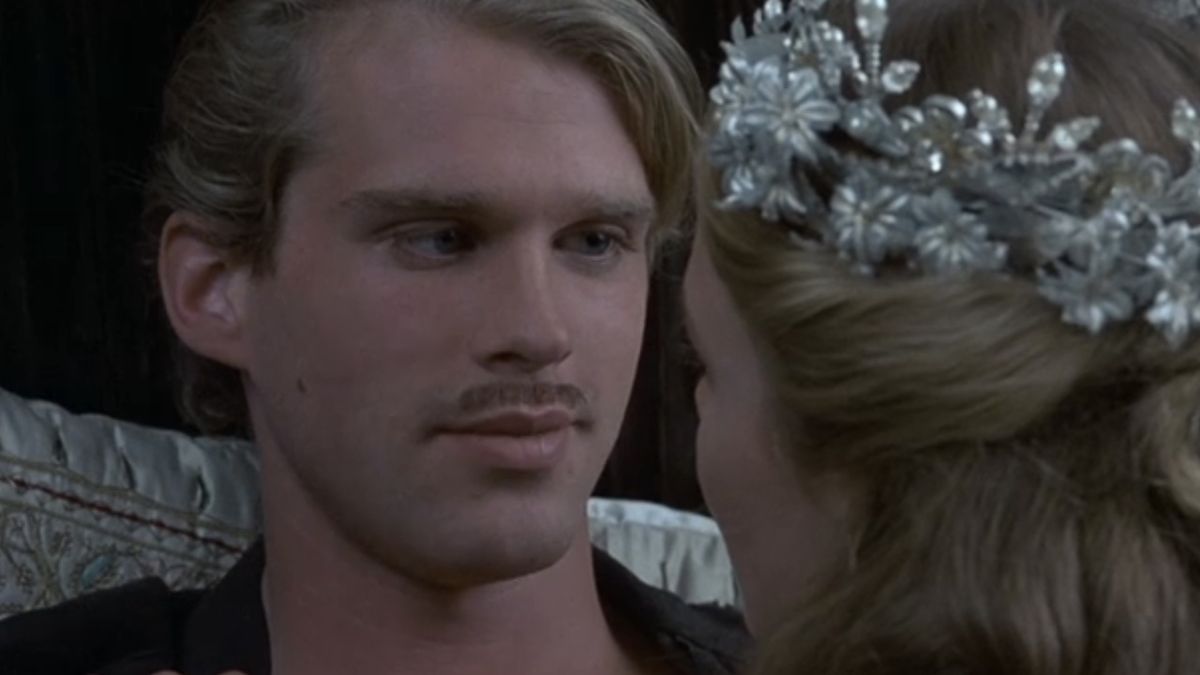
The Princess Bride (1987)
What other film can balance fairy tale fantasy, satirical comedy, swashbuckling action, and heart-melting romance without breaking a sweat? The Princess Bride is a book-to-screen adaptation that is as good, if not better than the novel it’s based on. It’s a love letter to classic storytelling while also poking fun at its conventions. It’s pure magic—a film that can make you laugh, cheer, and cry, often within the same scene.
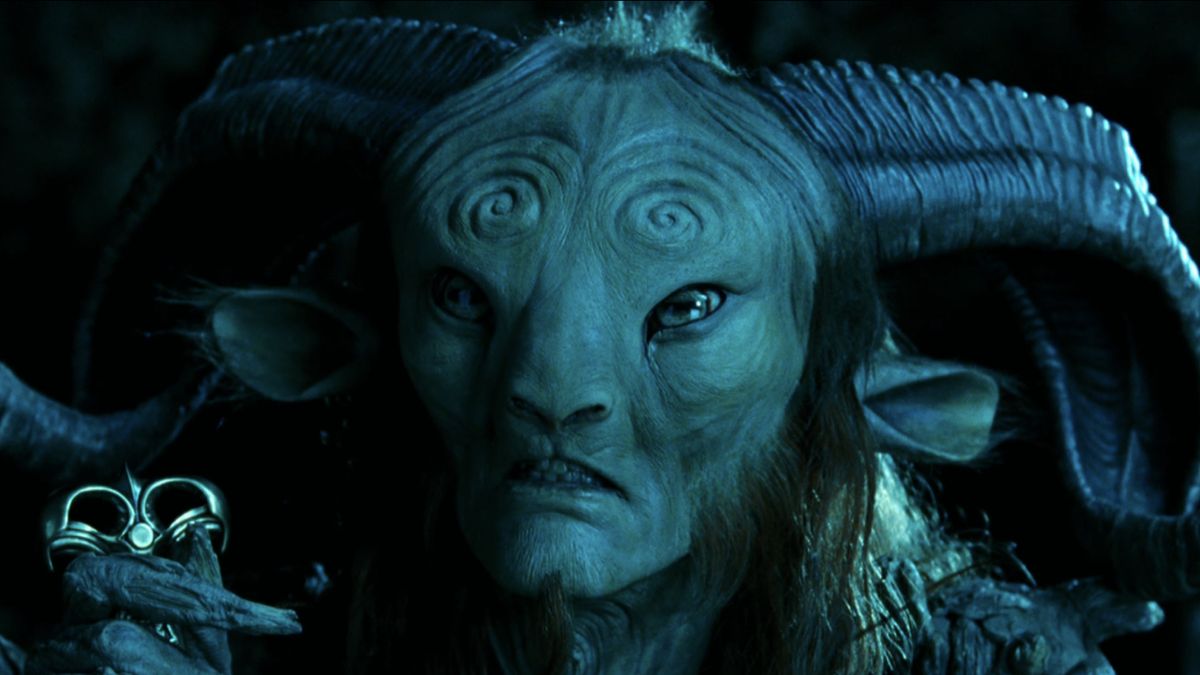
Pan’s Labyrinth (2006)
Guillermo del Toro’s Pan’s Labyrinth, one of his best movies, refuses to let fantasy be an escape. Instead, it interweaves a fairy tale with the brutal realities of war-torn Spain. Part fantasy film, dripping in historical drama and a dash of horror. Del Toro blends all three into something chillingly beautiful, proving that sometimes the scariest monsters are human.
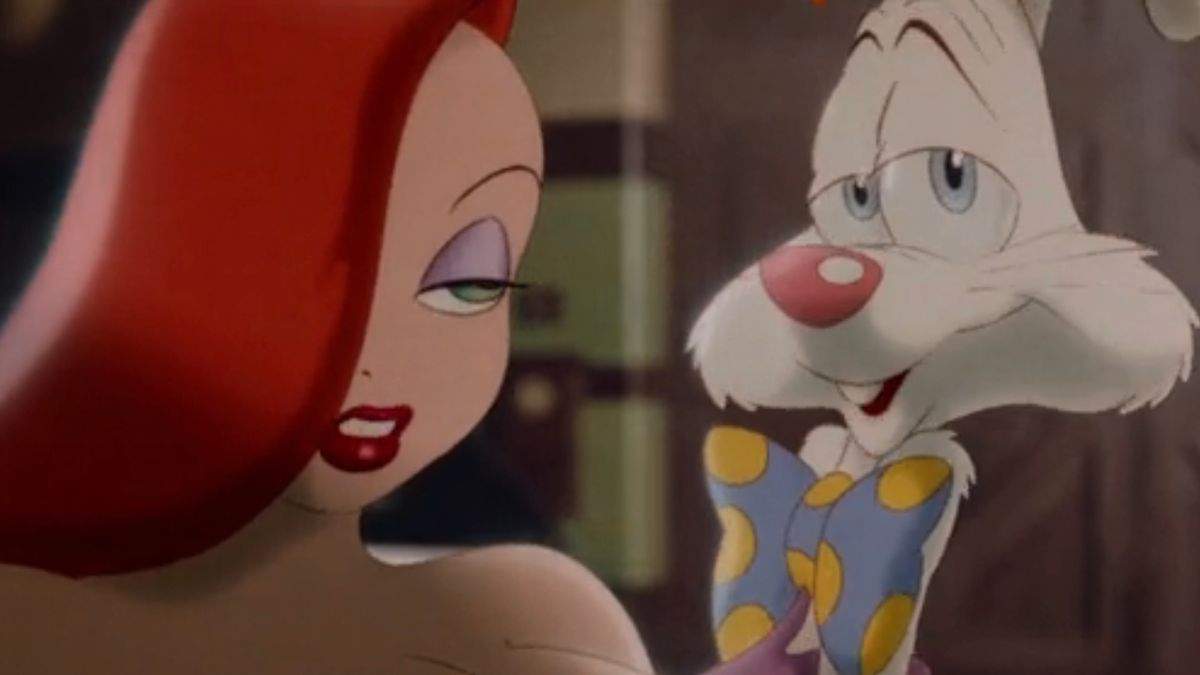
Who Framed Roger Rabbit (1988)
A hard-boiled noir detective film… with animated cartoon characters running wild? Who Framed Roger Rabbit defies expectations by fusing classic film noir aesthetics with Looney Tunes madness. It’s part mystery, part slapstick comedy, part technical marvel, entirely unclassifiable, and, in retrospect, not very appropriate for children.
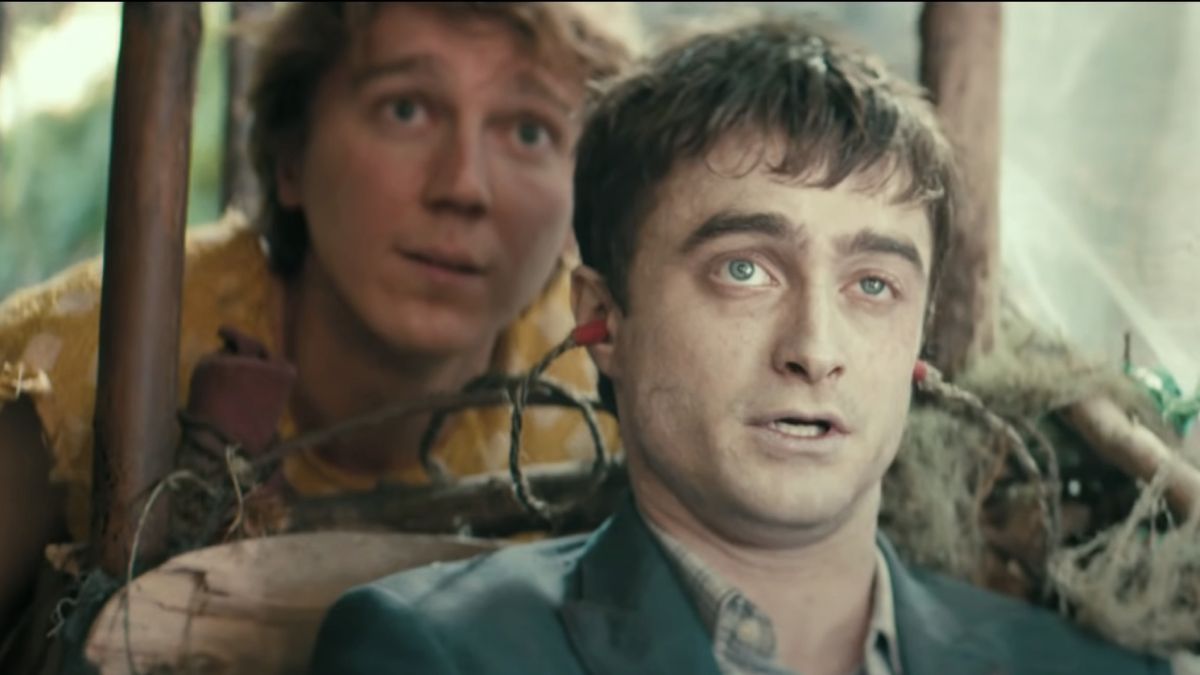
Swiss Army Man (2016)
Since finishing up his tenure as Harry Potter, Daniel Radcliff has made some weird movies, and none are as odd as Swiss Army Man. Think Cast Away with a farting corpse–as a stranded man befriends a farting, talking corpse with Swiss Army knife-like powers—if that sounds like nonsense, that’s because it is pure absurdist genius. It’s an iconic buddy comedy, an existential drama, and a surprisingly heartfelt film about loneliness, self-worth, and the strangeness of human connection.
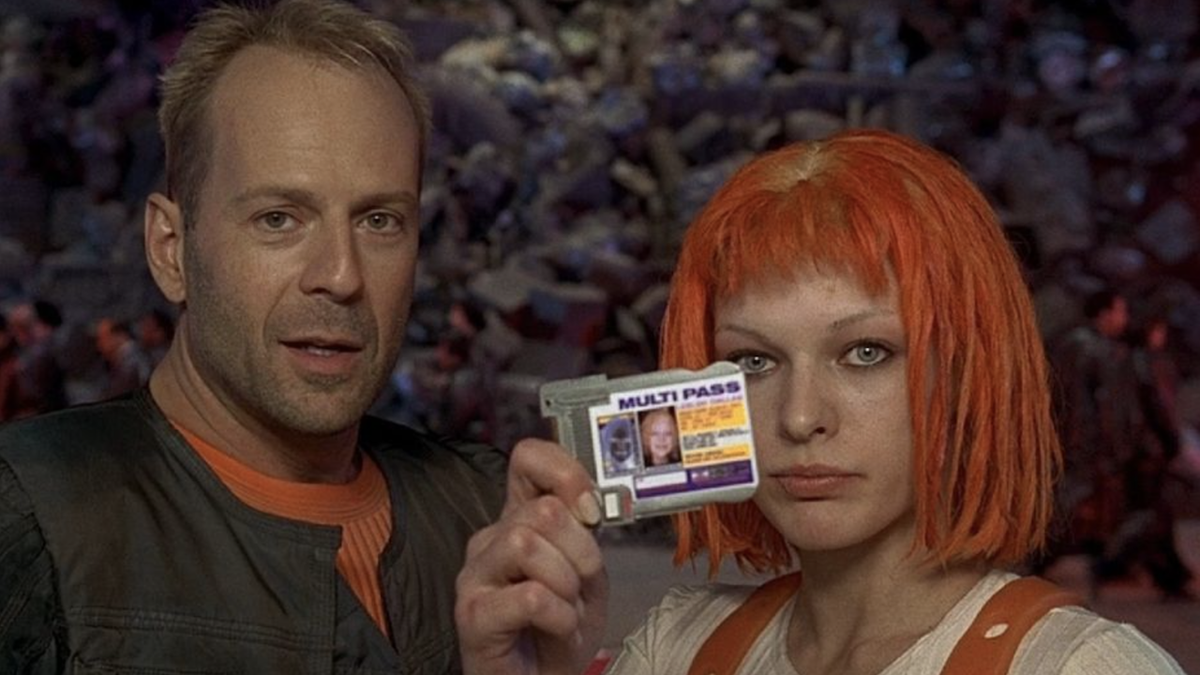
The Fifth Element (1997)
Luc Besson’s The Fifth Element is one of the best science fiction movies of the 90s, sure, but it’s also a campy, over-the-top, French space opera that veers into comedy, action, and cartoon levels of insanity. It’s a spectacle of pure creative energy, filled with outlandish characters and visual madness that make it impossible to categorize.
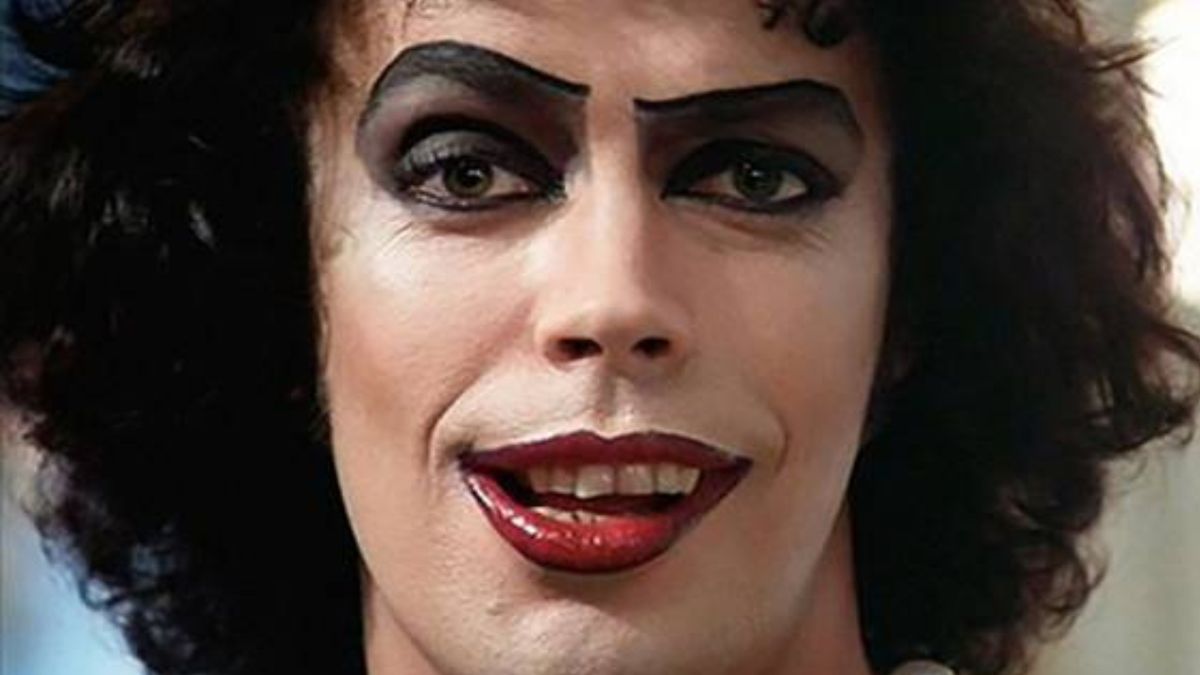
The Rocky Horror Picture Show (1975)
The Rocky Horror Picture Show is an unholy blend of campy B-movie horror and glam rock musicals. It embraces its genre-defying weirdness with open arms. It’s more than a film—it’s an experience with some of the catchiest songs committed to screen.
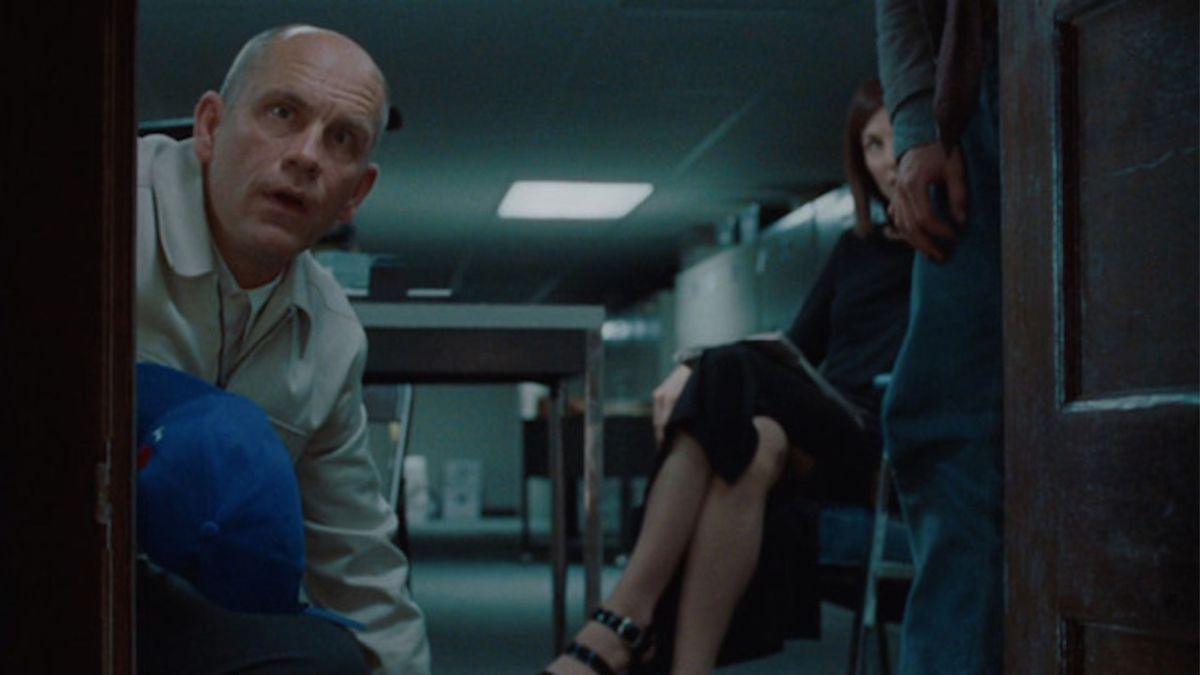
Being John Malkovich (1999)
A movie about a portal into John Malkovich’s mind that turns into a psychological drama about identity, obsession, and control? Spike Jonze, in his directorial debut, and Charlie Kaufman turn an absurd premise into something deeply unsettling yet darkly funny, making Being John Malkovich one of the strangest films ever made and one of the best flicks of the 1990s.
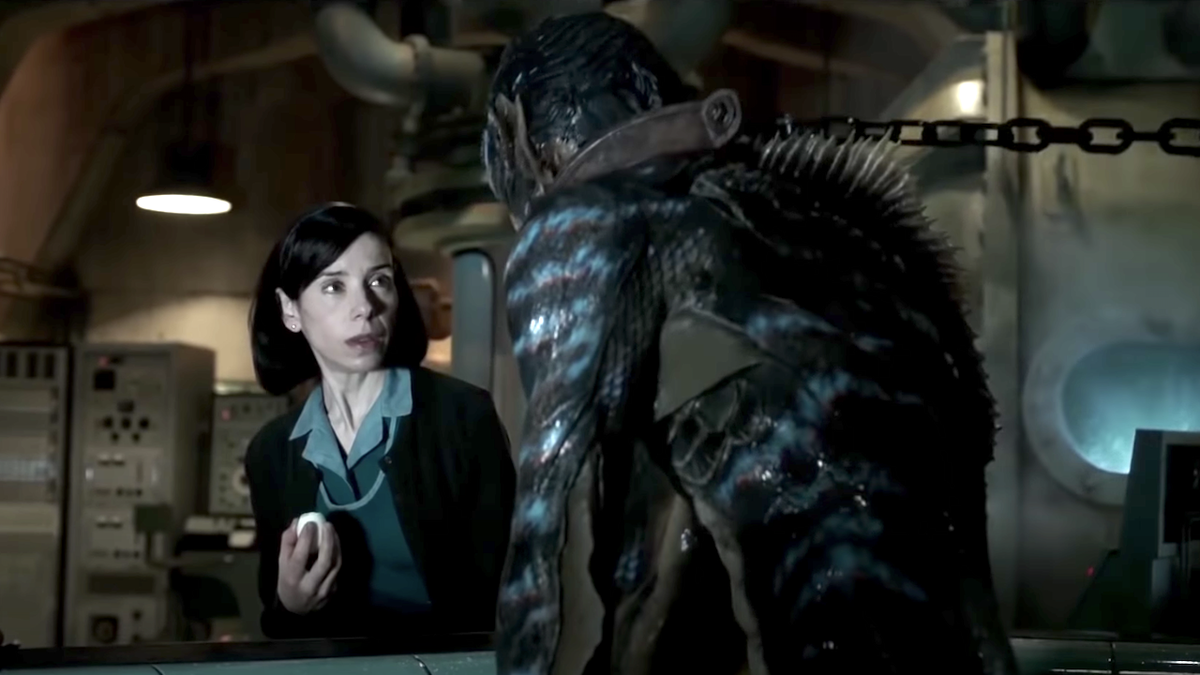
The Shape of Water (2017)
If you mix a Cold War espionage thriller with a creature feature and, of course, a fairy tale romance, you’ll get an idea of what The Shape of Water is. Guillermo del Toro masterfully stitches these elements together into a haunting, poetic, and profoundly weird film. A love story between a woman and an amphibious creature shouldn’t work, but in del Toro’s capable hands, the movie becomes unforgettable and deserves all its Oscar wins.
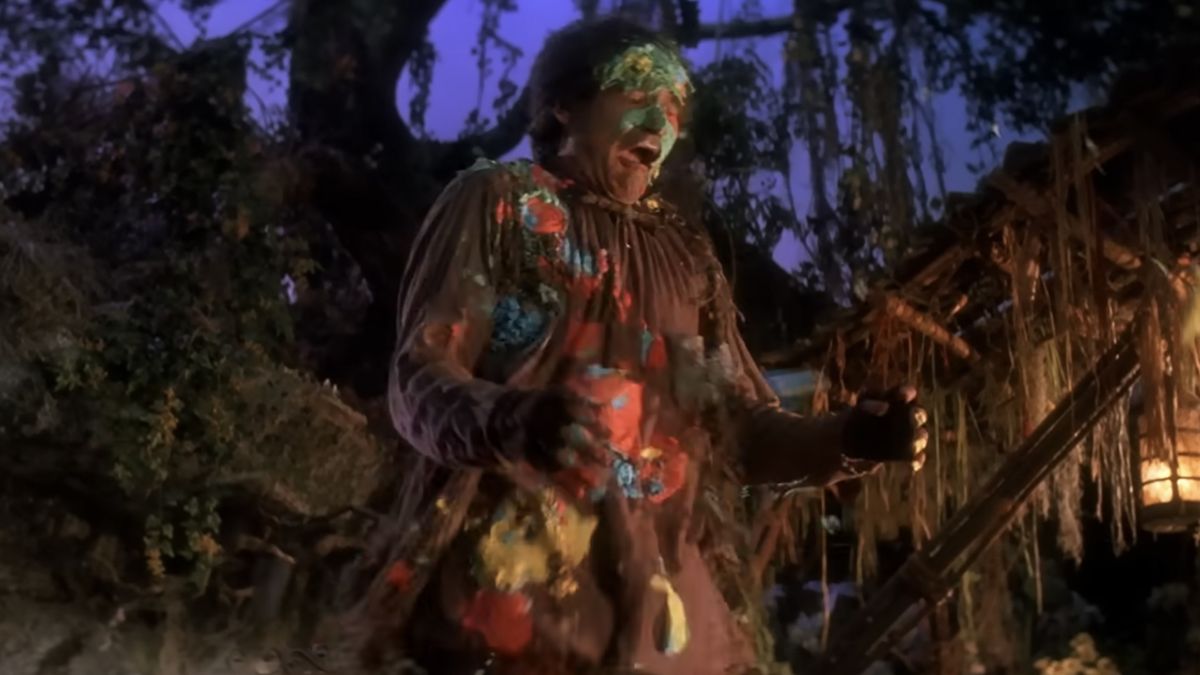
Hook (1991)
Though much maligned since its release, Hook is easily one of Robin Williams’s best performances. It tells a compelling father-son story mixed with whimsy and is a family-friendly swashbuckler. However, at its heart, it’s a deeply melancholic story about rediscovering lost youth.
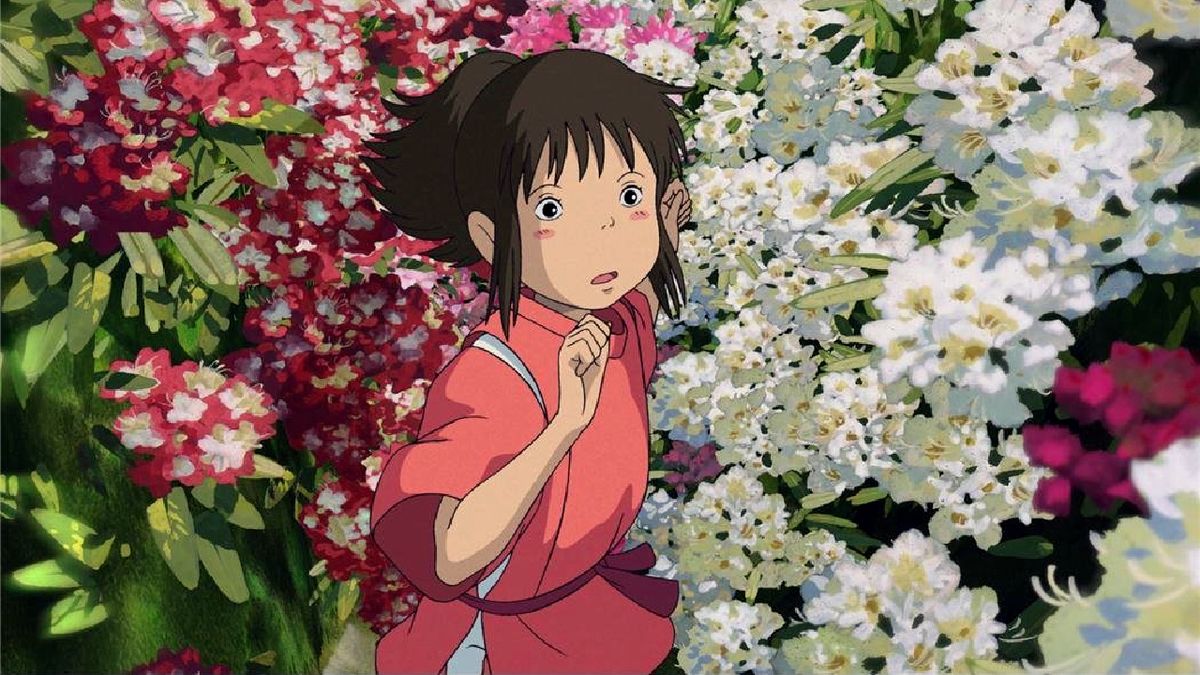
Spirited Away (2001)
Hayao Miyazaki’s Spirited Away is an intoxicating blend of myth, folklore, and childhood wonder, defying any easy categorization. The film operates on dream logic, shifting between the whimsical and the nightmarish, crafting a world that feels both hauntingly strange and intimately familiar. It’s one of the very best adventure family movies out there.
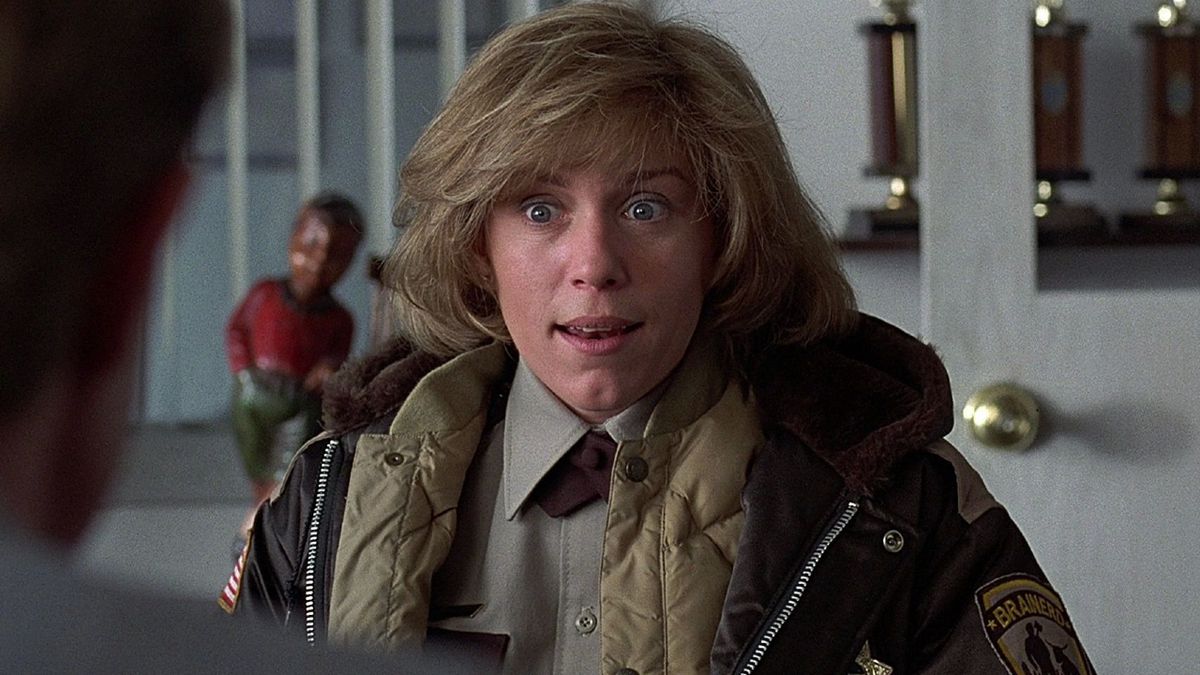
Fargo (1996)
The Coen Brothers have a habit of making films that exist in the gray area between genres, and Fargo might be their greatest balancing act. It’s a crime thriller, a dark comedy with some of their funniest quotes, and a bleak meditation on human nature. The film is full of violence and tension, yet it never loses its absurd sense of humor—often in the same breath.
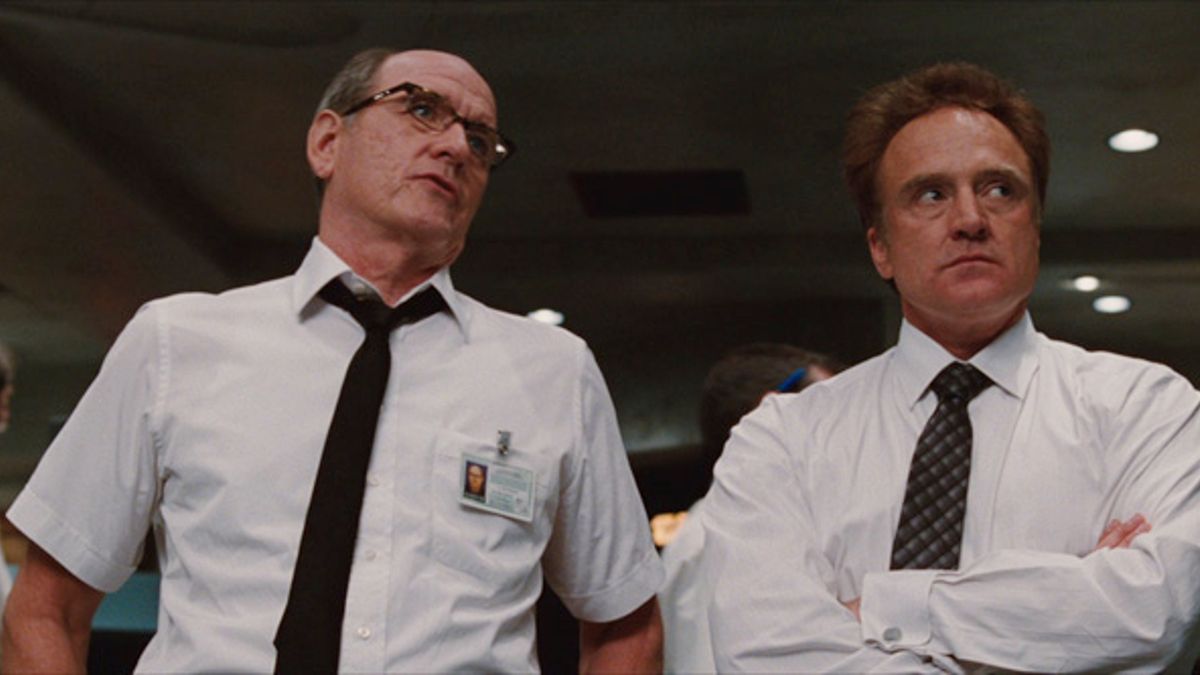
The Cabin in the Woods (2012)
At first glance, The Cabin in the Woods is one of the best horror movies of the 2010s, but the deeper you go, the more it mutates into something else entirely. It works as a love letter to and a brutal deconstruction of the horror genre, blending meta-comedy with genuine scares. It starts like a standard slasher film, but by the end, it’s an apocalyptic fever dream that leaves you questioning everything you know about horror storytelling.
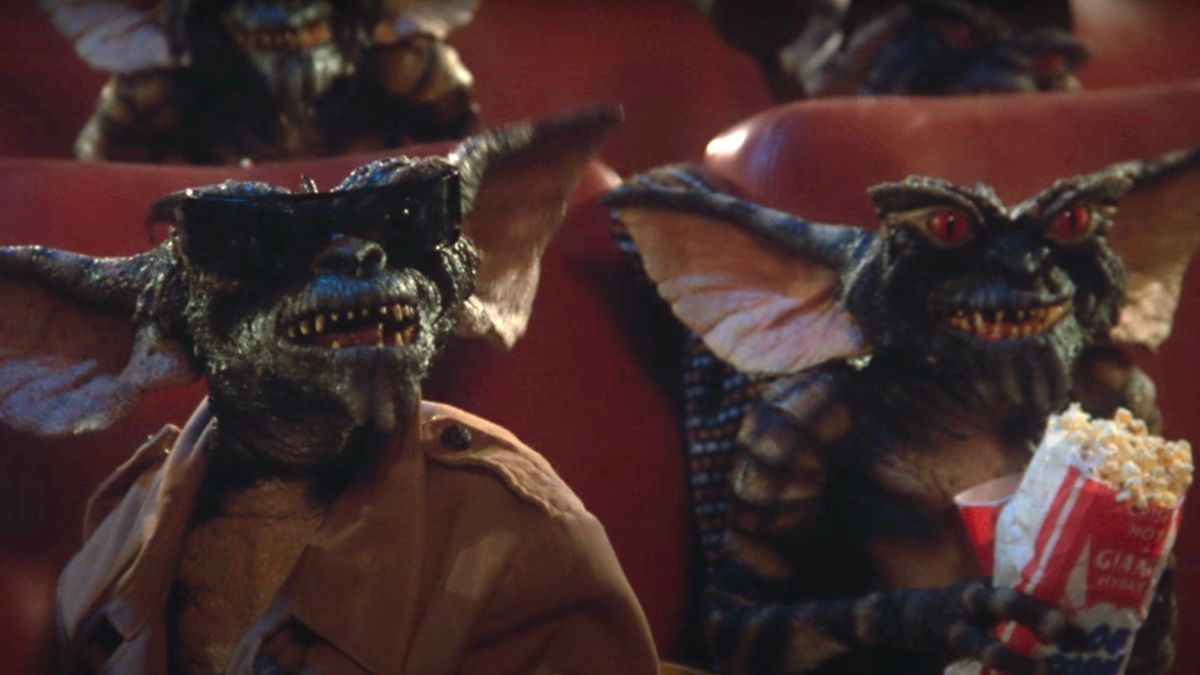
Gremlins (1984)
Is Gremlins a horror movie? A dark comedy? Is it a Christmas film or just Christmas-themed? The answer is all of the above. Joe Dante’s chaotic creature feature shifts wildly between tones, sometimes feeling like a heartwarming holiday classic and other times diving headfirst into gruesome horror. It manages to be both gleefully silly and genuinely unsettling—making it impossible to fit neatly into one category.
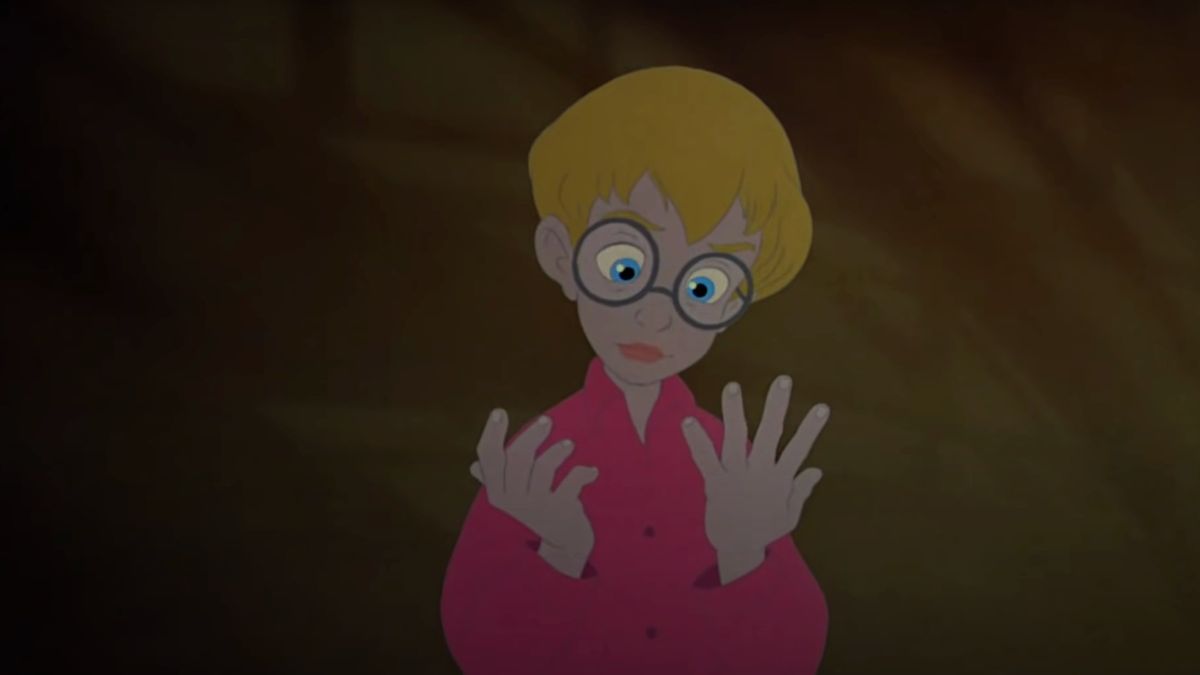
The Pagemaster (1994)
The Pagemaster refuses to commit to a single identity. Though it loomed large in my childhood, its unwillingness to commit to a single genre could be why it has such an abysmal Rotten Tomatoes score. While it’s positioned as a children’s film about the power of books, it blends so many visual and storytelling styles that it becomes something else entirely. This surreal, hybrid experience feels both nostalgic and oddly experimental.
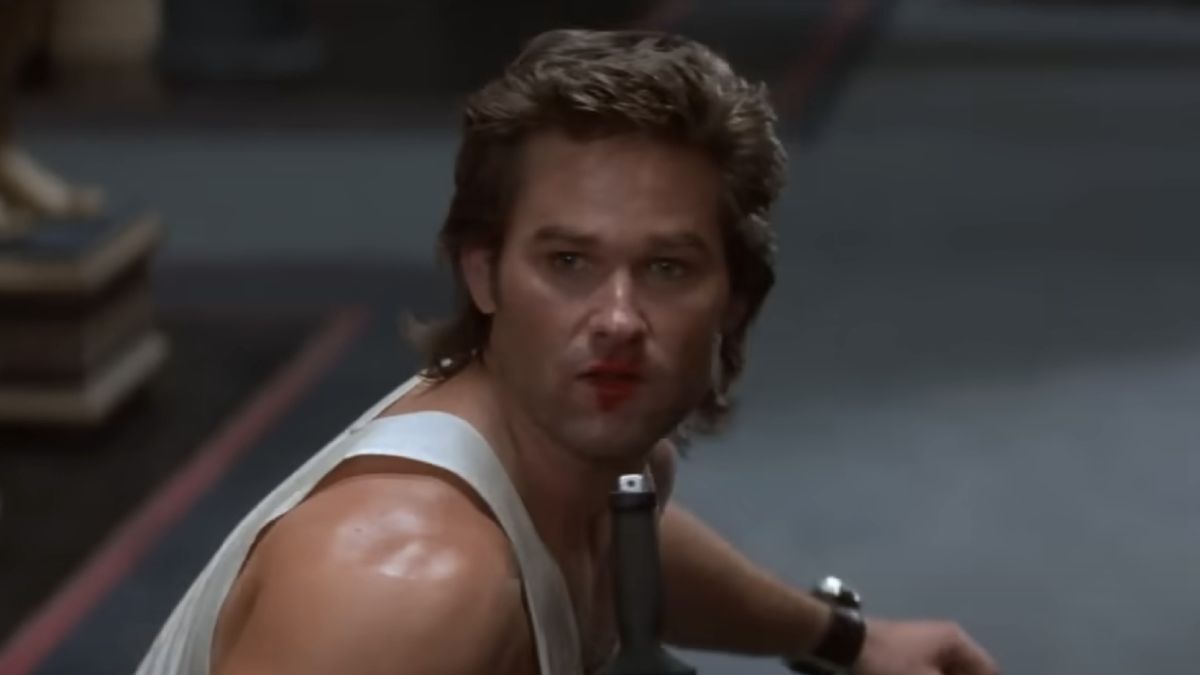
Big Trouble in Little China (1986)
John Carpenter’s Big Trouble in Little China is an action movie that plays like a comedy, a kung-fu film that satirizes kung-fu films, and a supernatural adventure that revels in its own ridiculousness. It gleefully subverts action hero tropes, making its protagonist more of a bumbling sidekick–with some of the greatest Kurt Russel quotes–than a traditional lead. Its genre-bending nature has made it an enduring cult classic.
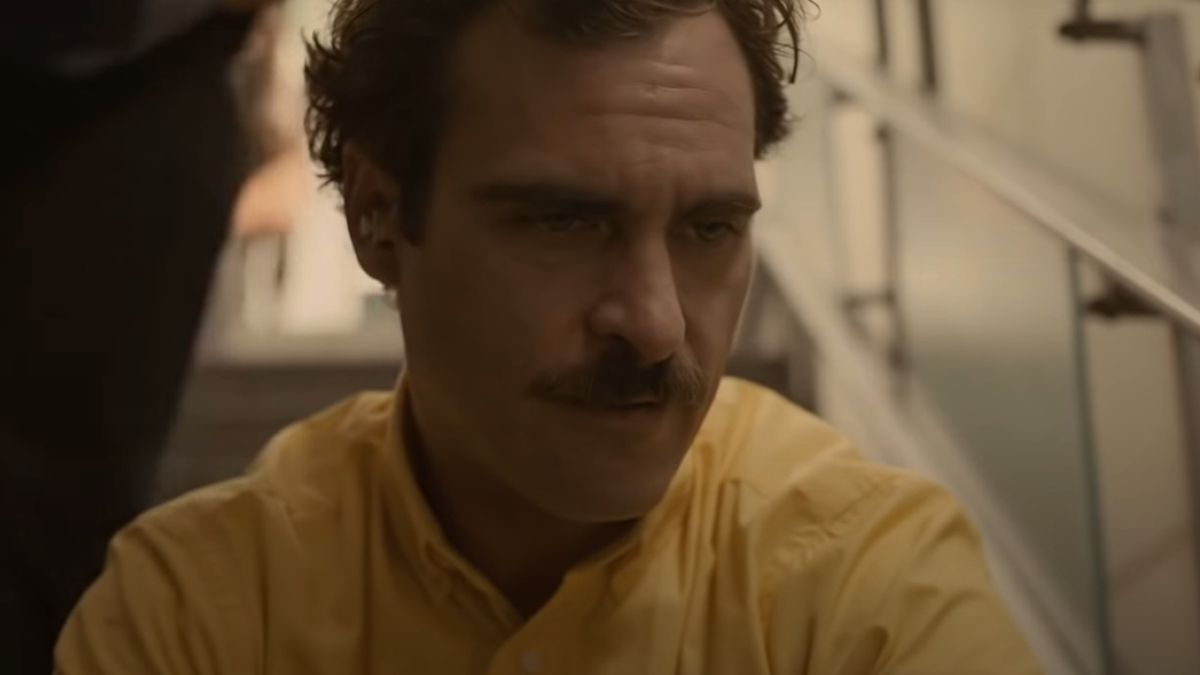
Her (2013)
Her straddles multiple genres while remaining profoundly intimate and personal. Yet again, Spike Jonze takes a premise that could have been used for satire—a man falling in love with his AI assistant—and turns it into a heartbreakingly sincere exploration of modern relationships. It’s futuristic but deeply human, making it impossible to categorize.
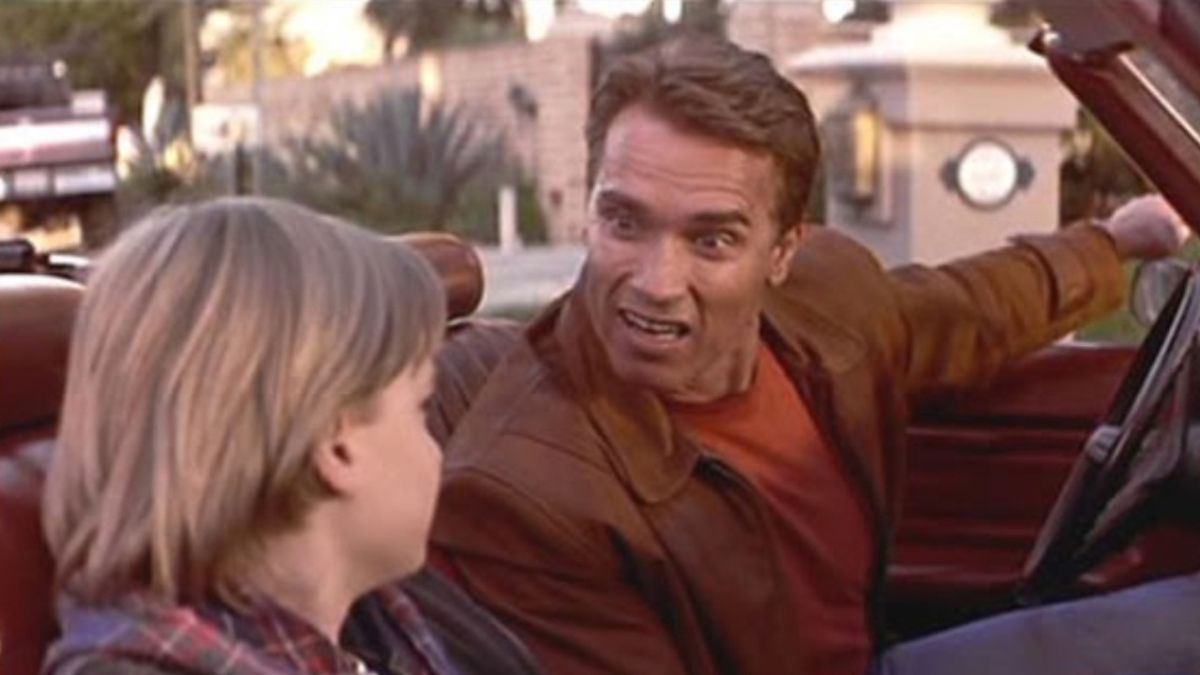
Last Action Hero (1993)
On the surface, it’s an action movie but also a deconstruction of action movies. Last Action Hero arguably came out at the wrong time, as it revels in Hollywood excess while poking fun at its clichés, blending over-the-top action with meta-commentary way ahead of its time. It’s self-aware, chaotic, and often refusing to be boxed into a single category.
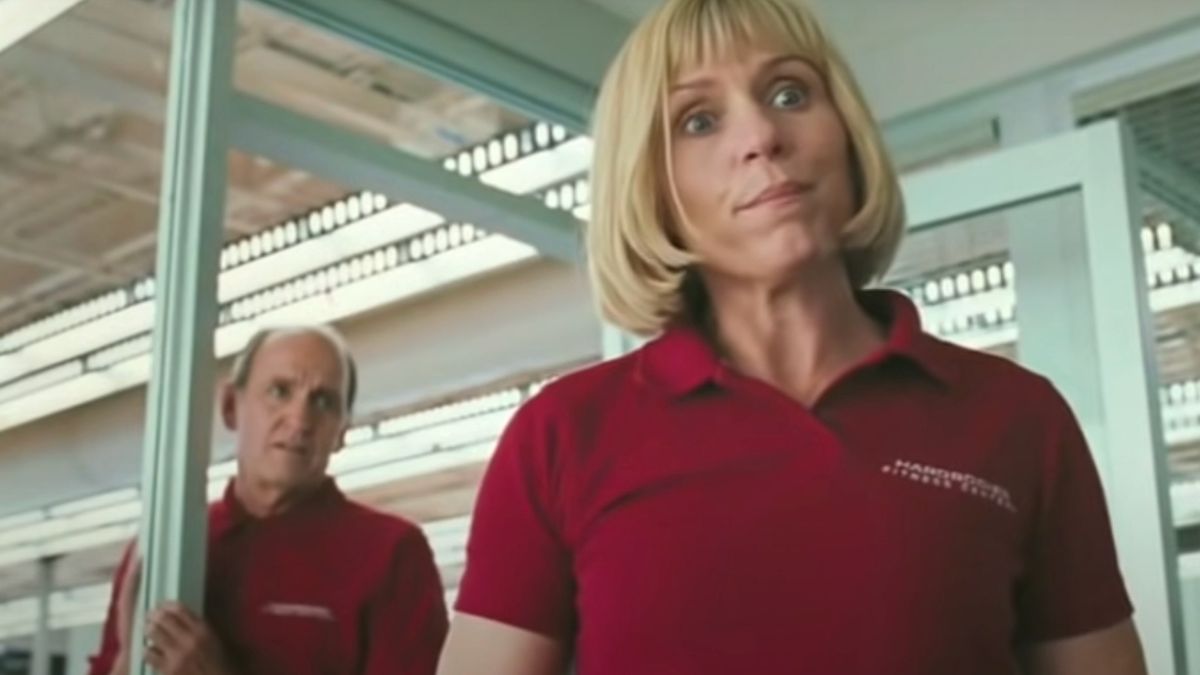
Burn After Reading (2008)
Burn After Reading is classic Coen Brothers chaos—a film where every character thinks they’re in control, yet none of them have any idea what’s actually happening. It plays with the tropes of espionage thrillers, only to reveal that the stakes are laughably low, making it a darkly hilarious puzzle box of a movie. Also, it has one of the best Francis McDormand performances ever.
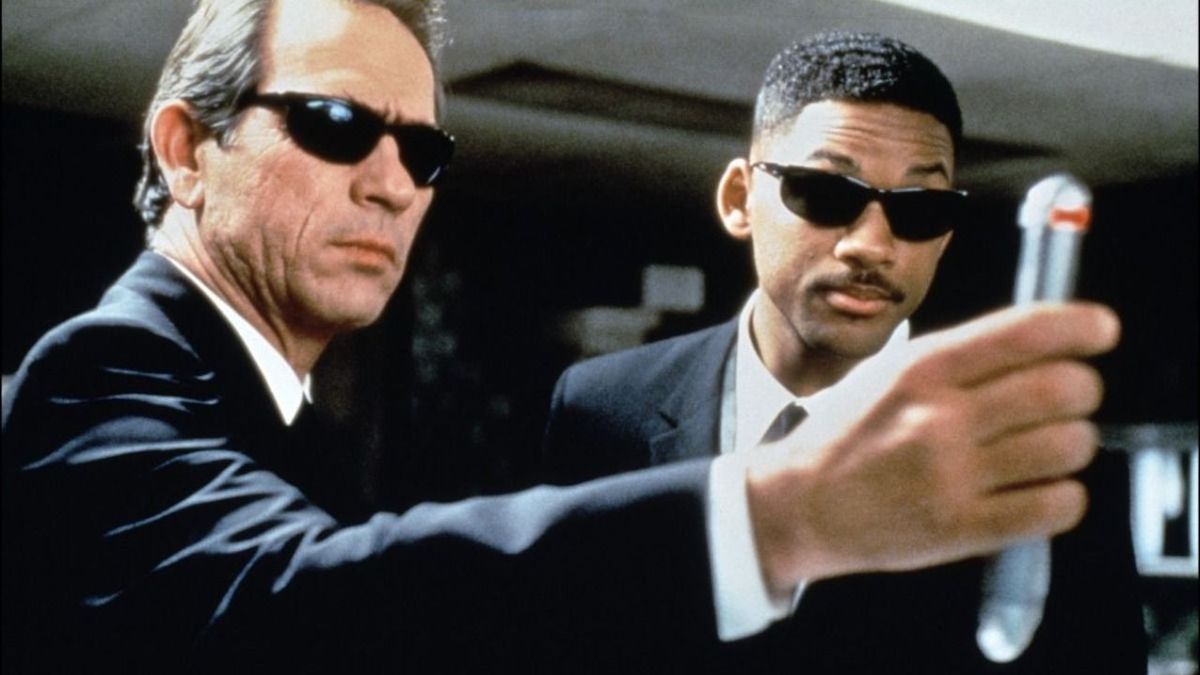
Men in Black (1997)
It’s a sci-fi film, but it’s also a buddy-cop comedy. It’s a blockbuster, but it has the sharp humor of a satire. Men in Black blends alien conspiracies, action-packed spectacle, laugh-out-loud comedy, and one of the scariest aliens committed to celluloid into something effortlessly entertaining. It thrives in its refusal to take itself too seriously, making it one of its era’s most unique sci-fi films.
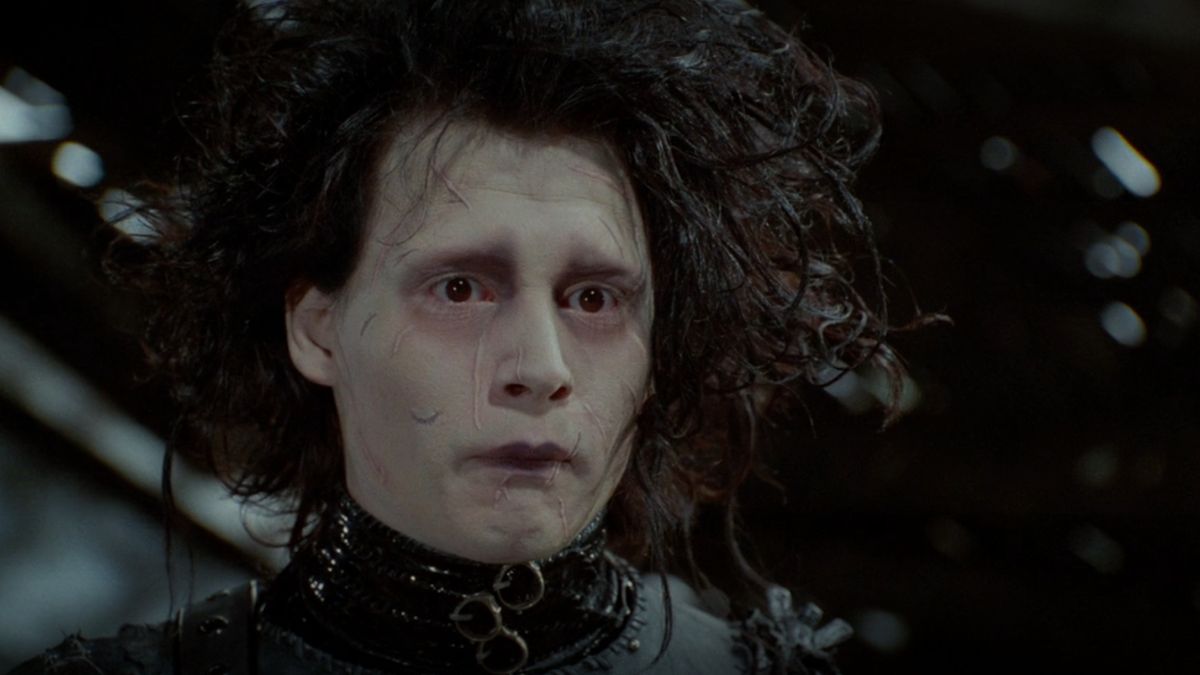
Edward Scissorhands (1990)
Edward Scissorhands is unapologetically Tim Burton at his best. An oddity that defies easy classification. It’s equal parts whimsical and tragic, blending a monster movie’s aesthetics with the romance’s tenderness. The film’s visual style is pure fantasy, yet its emotional core is deeply human, making it one of Burton’s most enduring works.
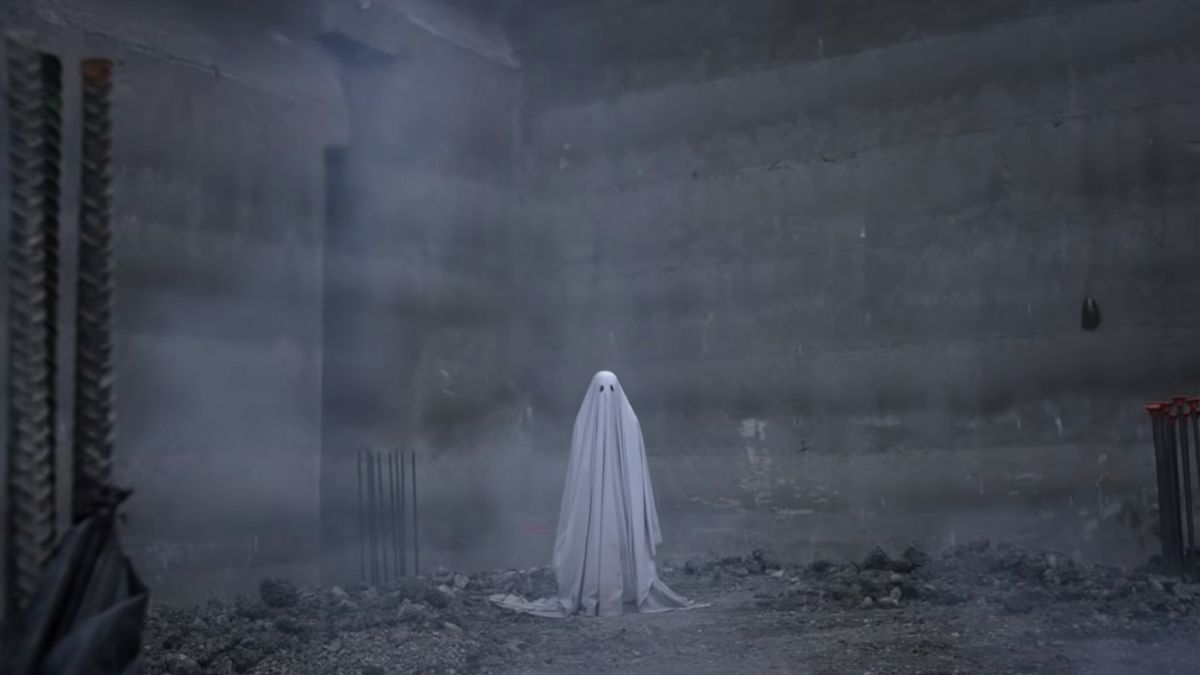
A Ghost Story (2017)
A Ghost Story is a slow, meditative exploration of time, grief, and existential loneliness. It also tells the story of a spiritual being who walks the earth in a bed sheet. This story challenges everything you expect from a ghost story, stripping away jump scares and supernatural lore in favor of long, lingering shots and quiet, contemplative storytelling. It’s haunting, but not in the traditional sense—more of a melancholy whisper than a scream in the dark.

La La Land (2016)
A musical, but one that subverts the tropes of the genre. La La Land embraces old Hollywood spectacle while refusing to follow the standard “happily ever after” formula. It’s nostalgic yet modern, blending reality and fantasy in a way that feels both dreamlike and achingly real.

The Lobster (2015)
The Lobster is so uniquely bizarre that it exists in a separate genre–the genre of Yorgos Lanthimos. Lanthimos takes an inherently ridiculous premise—that single people must find a partner or be turned into animals—and turns it into something deeply unsettling, bleakly funny, and weirdly moving.
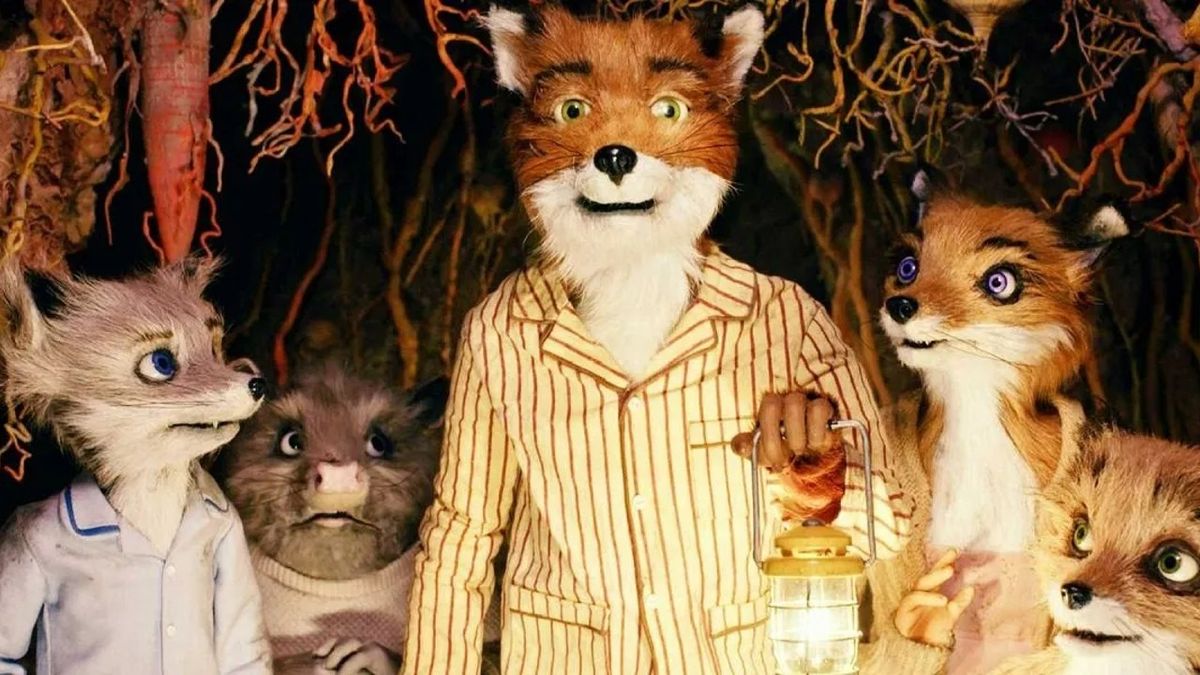
The Fantastic Mr. Fox (2009)
The Fantastic Mr. Fox is a movie far better than its bombing at the box office would lead one to believe. It is a wonderful stop-motion movie, but it’s also unmistakably Wes Anderson, as the filmmaker blends the time-consuming animation with his signature aesthetic. It feels like a classic children’s storybook brought to life, yet it carries an undercurrent of existential angst that makes it resonate just as strongly with adults.
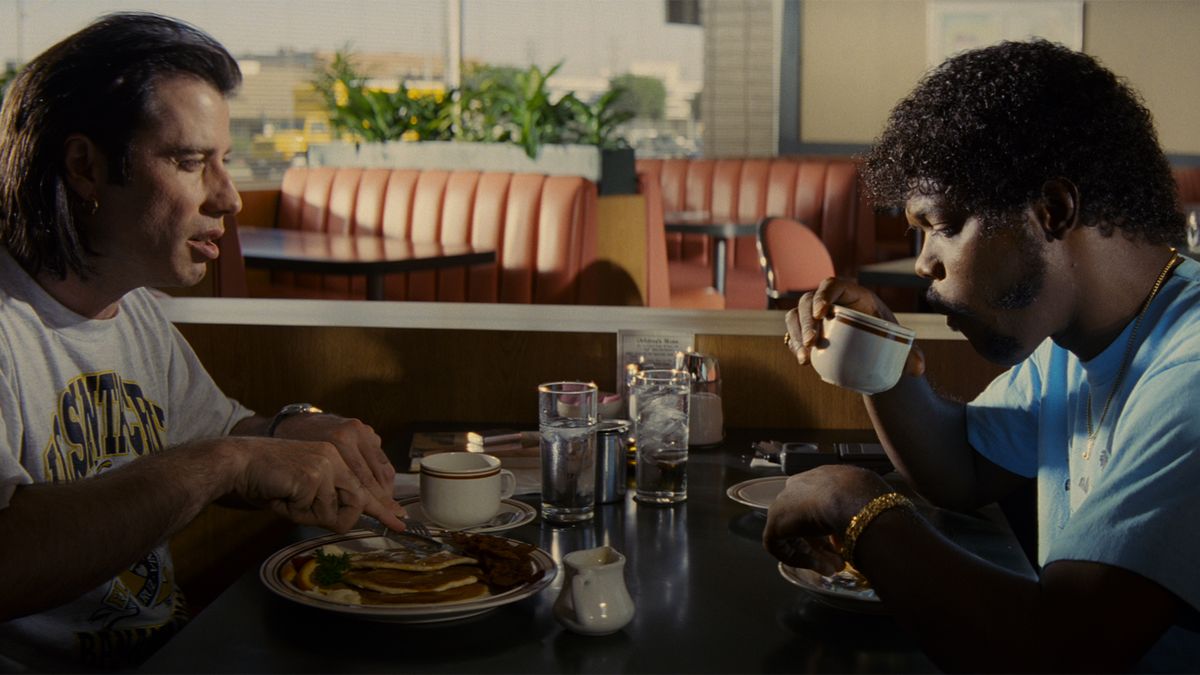
Pulp Fiction (1994)
No movie influenced 90s cinema quite like Quentin Tarantino’s Pulp Fiction. This unpredictable film intertwines multiple narratives, with Samuel L. Jackson as the standout performer. The movie redefined nonlinear storytelling by skillfully blending brutal violence, humor, and unexpected poignancy.
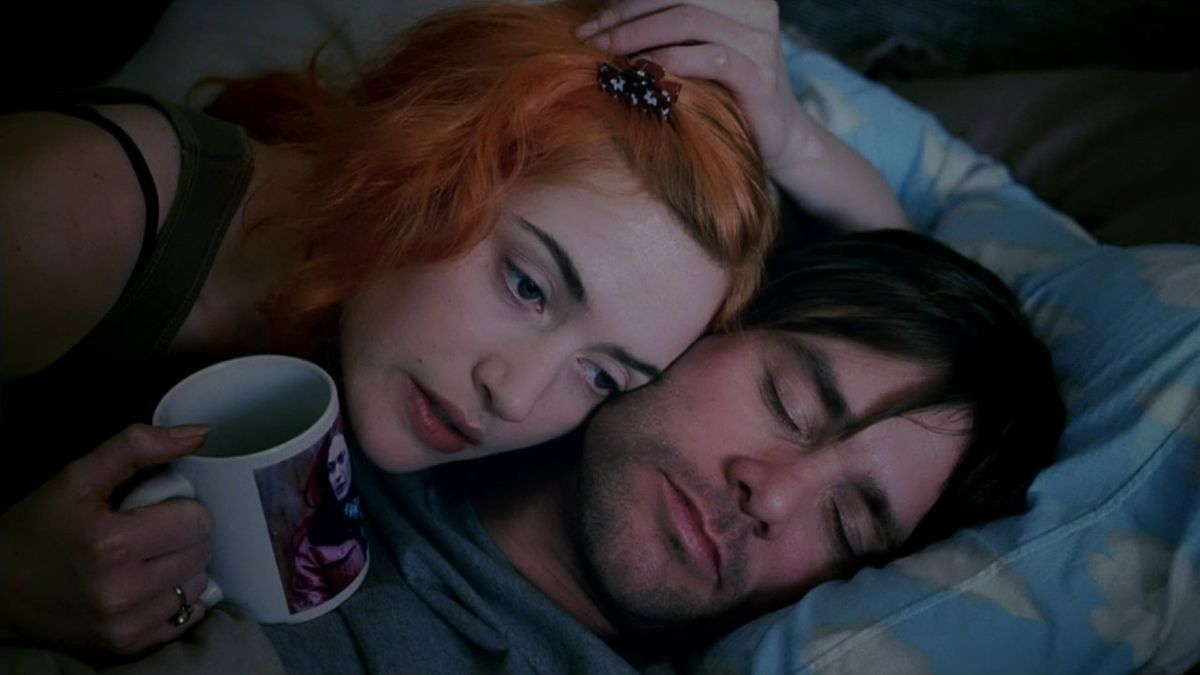
Eternal Sunshine of the Spotless Mind (2004)
Another Charlie Kaufman brainchild, Eternal Sunshine, takes a high-concept premise—erasing painful memories of lost love and toxic relationships—and turns it into an achingly beautiful meditation on heartbreak, fate, and human connection. It’s as cerebral as it is emotional, making it one of the most uniquely structured love stories ever told.
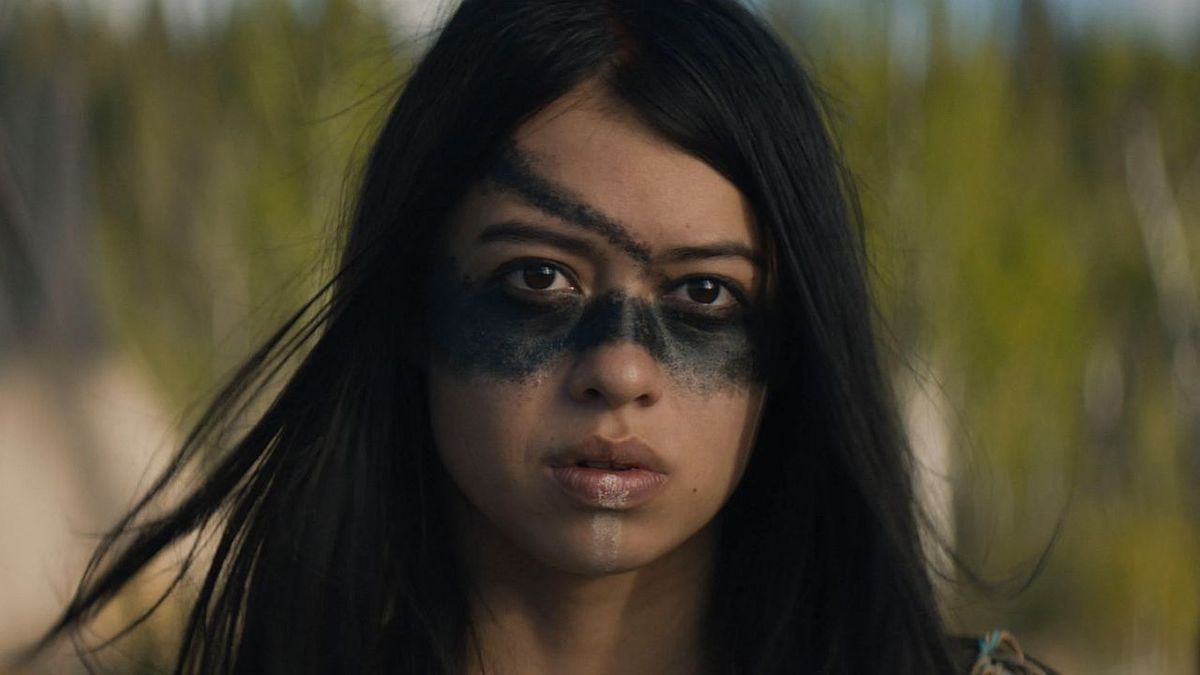
Prey (2022)
Prey is not just another Predator movie; it’s a historical survival thriller and an Indigenous-led action film that reinvents the franchise. By removing the excessive machismo of earlier movies and setting the story in 1719 around a young Comanche warrior, Prey transforms into a compelling tale of resilience and culture. Amber Midthunder emerges as a standout new face in the lineage of final girls in horror.
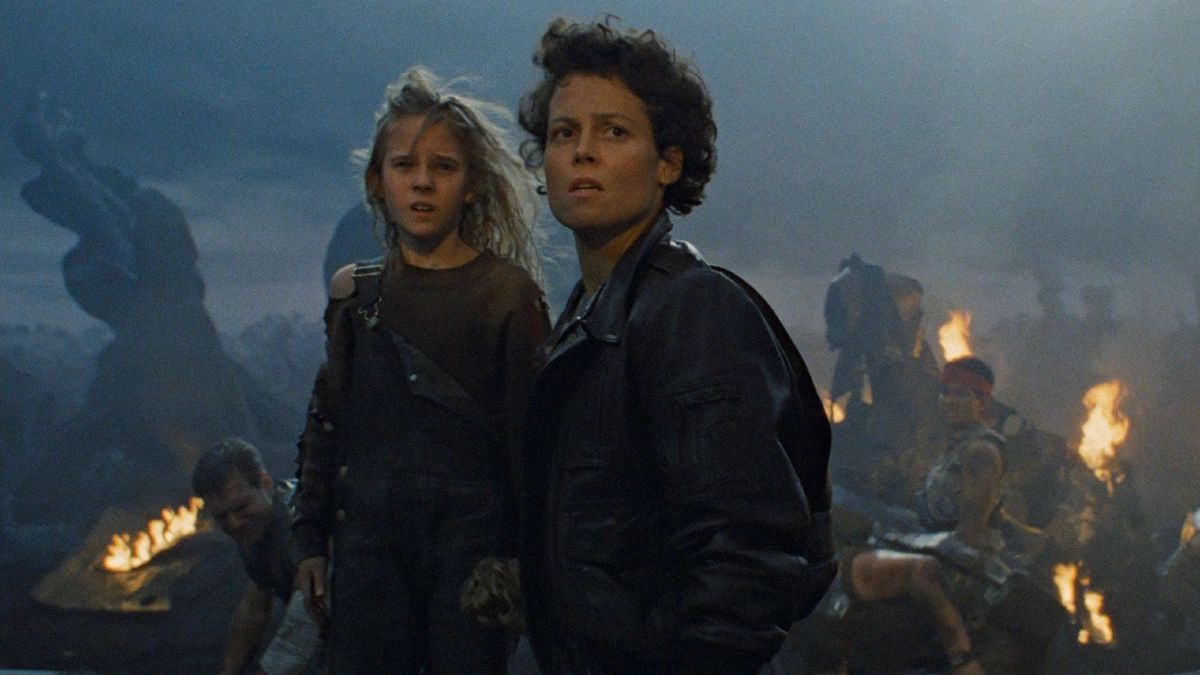
Aliens (1986)
James Cameron cranked Ridley Scott’s slow-burn terror into an all-out war film, proving that a sequel doesn’t have to repeat its predecessor. Aliens retains the dread of its predecessor while injecting explosive, military-driven spectacle, making it a rare hybrid that succeeds as both a nerve-wracking horror movie and a high-octane action thriller.
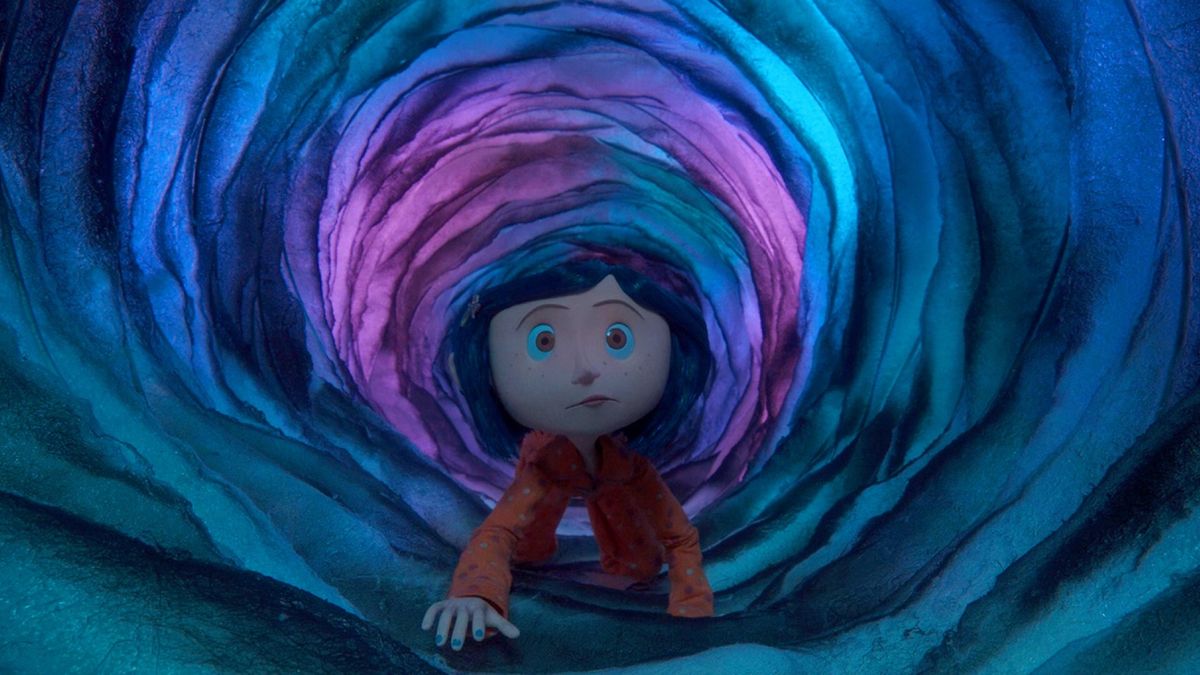
Coraline (2009)
It looks like a children’s fantasy film, but Coraline, while being one of Laika’s best movies, is pure nightmare fuel. A dark fairy tale with horror undertones, the film walks the tightrope between whimsy and dread. Its stop-motion animation is gorgeous yet eerie, and the story—about a young girl lured into a seemingly perfect world with sinister secrets—feels like something pulled from the pages of an old gothic ghost story.
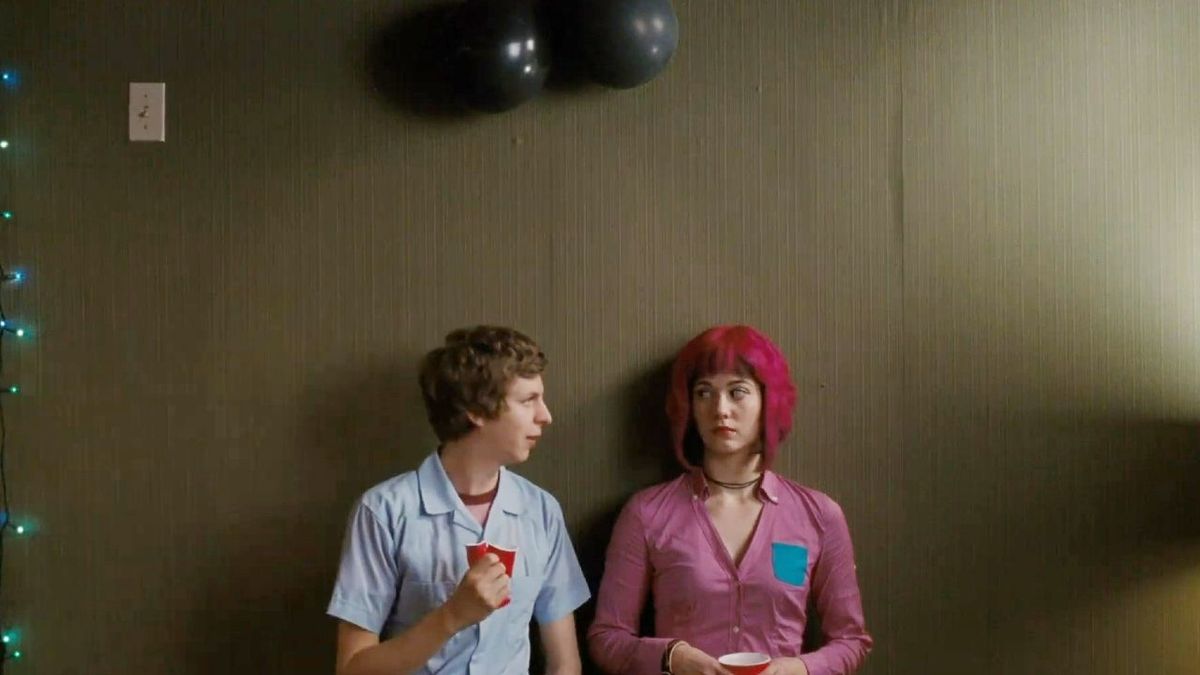
Scott Pilgrim vs. The World (2010)
A coming-of-age story drenched in comic book and video-game aesthetics? Scott Pilgrim vs. The World should have been a hit, with its pure kinetic energy, blending pop culture, music, and self-aware humor into a hyper-stylized spectacle. Edgar Wright expanded his abilities as a filmmaker, creating a film that’s part arcade game, part indie rom-com, and wholly unique in its execution.

